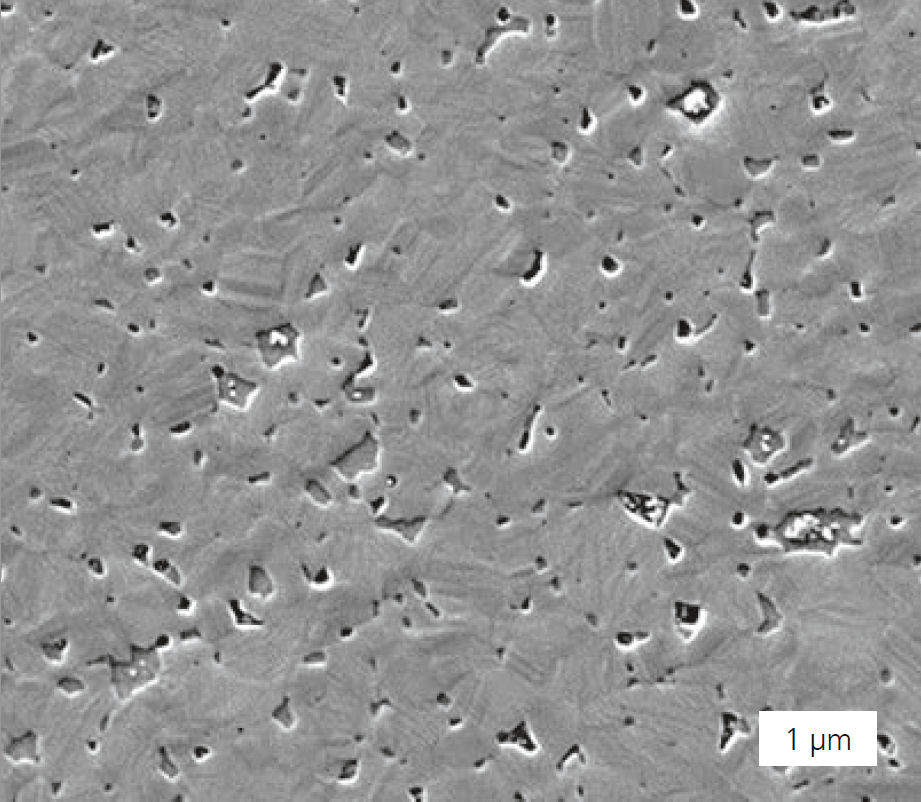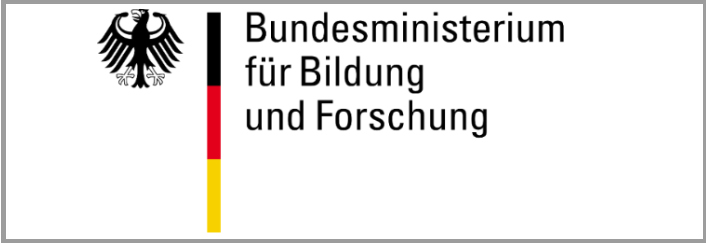

Future battery concepts for applications concerning electromobility should, in particular, combine a high level of safety with a high energy density and quick-charging capabilities. Novel Li-ion solid-state batteries are promising candidates to match these requirements. One benefit of using inorganic solid electrolytes instead of the more commonly used liquid electrolytes is that in case of damage leakage and combustion are prevented, which allows using metallic Li-ion for the role of the anodic component, promising high energy densities. A key requirement for solidstate batteries is the development of highly conductive, costefficient and producible solid electrolytes that are compatible with active materials in electrodes.
LATP as solid electrolyte
Recent studies investigate properties and performance of numerous inorganic solid electrolytes. Several material classes, such as halides or sulfides [1], show maximum Li-ion conductivities of up to 10-2 S/cm, but are very challenging to handle on a larger scale since they have to be processed under inert conditions due to their moisture sensitivity. By using oxidic and phosphatic solid electrolytes, conductivities in the range of 10-4 to 10-3 S/cm are achievable [1]. Their processing under typical conditions becomes feasible with conventional ceramic technologies, such as tape casting, screen printing and sintering. At Fraunhofer IKTS, we developd a phosphate-based, cost-effective ceramic solid electrolyte (LATP – Li1.3Al0.3Ti1.7(PO4)3), which has an ionic conductivity of up to 10-3 S/cm at 25 °C as a sintered substrate, through materials optimization and adjustment of the production parameters. The synthesized electrolyte material can be used both as a solid electrolyte for the separation of anode and cathode, and as a replacement for the liquid electrolyte in the composite electrode.
Ceramic LATP composite electrodes
Composite electrodes in solid-state batteries contain – comparable to conventional battery technologies – the active material (cathode or anode material), an electron conductive additive and, instead of the liquid electrolyte, a Li-ion-conducting solid electrolyte (e.g. LATP). IKTS develops composite electrodes that can be processed through scalable ceramic technologies beyond the laboratory scale. At the same time, work is being done to further increase energy density and safety by selecting and combining suitable materials. So far, a first concept for a composite anode based on LTO active material (Li4Ti5O12) and LATP solid electrolyte has been investigated. Active materials, such as LiCoO2 and LiNixCoyMnzO2 in the sintered composite with LATP are currently in development for the cathode.
We gratefully acknowledge the BMBF for the funding of the “ARTEMYS” project (03XP0114I).
Literature
[1] Manthiram et al., NATURE Reviews Materials 2 (2017), 16103.
